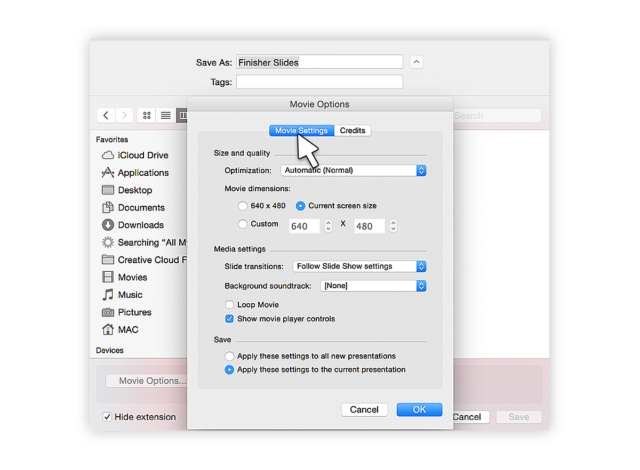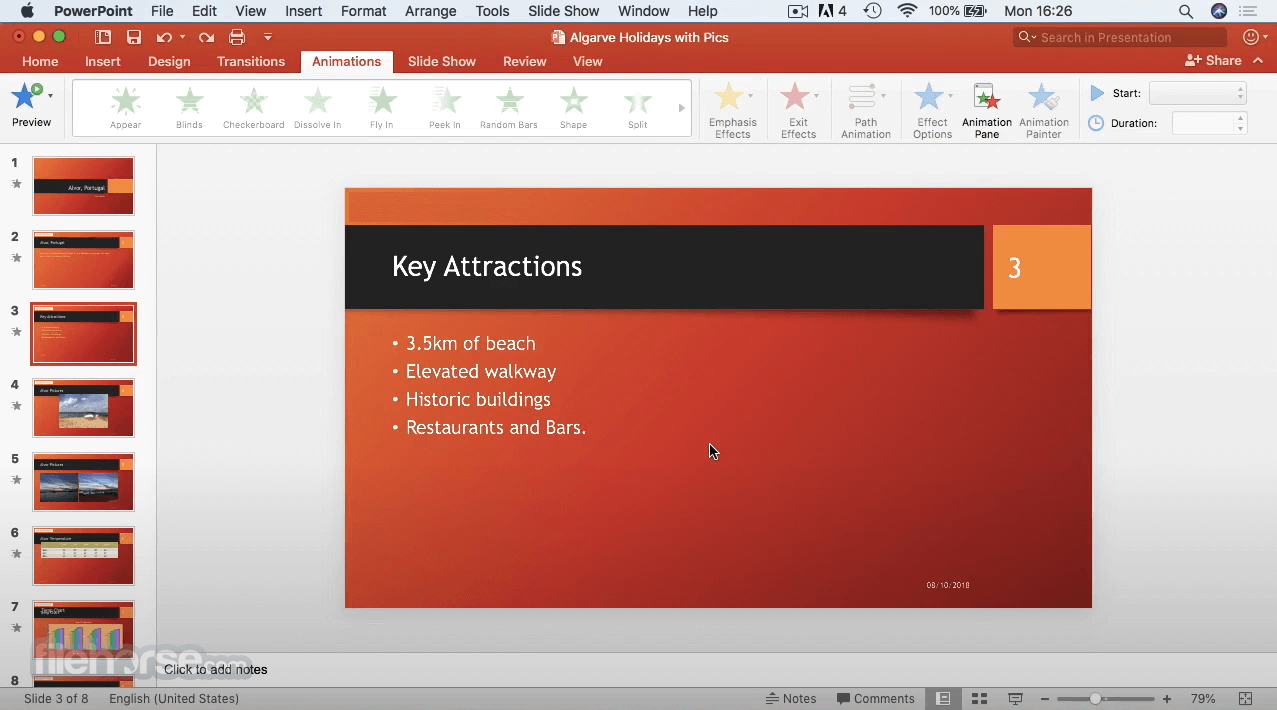

Otherwise, simply open a new (blank) document. Note: Only use these steps if you have an accessible template available (e.g. In the Format list, select PowerPoint 97 – 2004 (.pot).Using a descriptive File name (e.g., “Accessible Sales Template”) will increase the prominence of the accessibility status. In the Save As box, type a name for the template.When you are finished you should also check the accessibility of the document (see Technique 11, below).Ensure that you follow the techniques in this document.As well, you can edit and modify the existing prepackaged templates, ensuring their accessibility as you do so and saving them as a new template. It is possible to create your own accessible templates from scratch in PowerPoint 2008 for Mac. These are all accessible by virtue of being blank. If you are connected to the internet, you can access a variety of blank business presentation templates through. PowerPoint 2008 for Mac’s default template for new documents is a blank presentation. If you are unsure whether a template is accessible, you should check a sample document produced when the template is used (see Technique 11, below). For example, a “Meeting Minutes” template might include headings for information relevant to a business meeting, such as “Actions” above a table with rows to denote time and columns for actions of the meeting.īecause templates provide the starting-point for so many documents, accessibility is critical. Use Accessible TemplatesĪll office documents start with a template, which can be as simple as a blank standard-sized page or as complex as a nearly complete document with text, graphics and other content.

If errors are found, please report them to: Technique 1. This document is provided for information purposes only and is neither a recommendation nor a guarantee of results. Files are also easily saved as other file formats (see Technique 12, below). The application-specific steps and screenshots in this document were created using Microsoft PowerPoint 2008 for Mac (ver. In cases where more certainty is required, it is recommended that you test the office documents with end users with disabilities, including screen reader users. Disclaimer and Testing Details:įollowing these techniques will increase the accessibility of your documents, but it does not guarantee accessibility to any specific disability groups. *Right-click: To right-click with the keyboard, select the object using the Shift+Arrow keys and then press either (1) the “Right-Click” key (some keyboard have this to the right of the spacebar) or Shift+F10.

Below are the mouse-only terms and their keyboard alternatives: However, for clarity there are several instances where mouse-only language is used. We have tried to formulate these techniques so that they are useful to all authors, regardless of whether they use a mouse. Most of these have not been checked for accessibility, but some information and/or instructions are available for the following formats in Technique 12 (below): In addition, PowerPoint 2008 for Mac offers many other presentation processor and web format saving options. The default file format for PowerPoint 2008 for Mac is Office Open XML (PPTX). If you are creating forms, web pages, applications, or other dynamic and/or interactive content, these techniques will still be useful to you, but you should also consult the W3C-WAI Web Content Accessibility Guidelines (WCAG 2.0) because these are specifically designed to provide guidance for highly dynamic and/or interactive content.



 0 kommentar(er)
0 kommentar(er)
